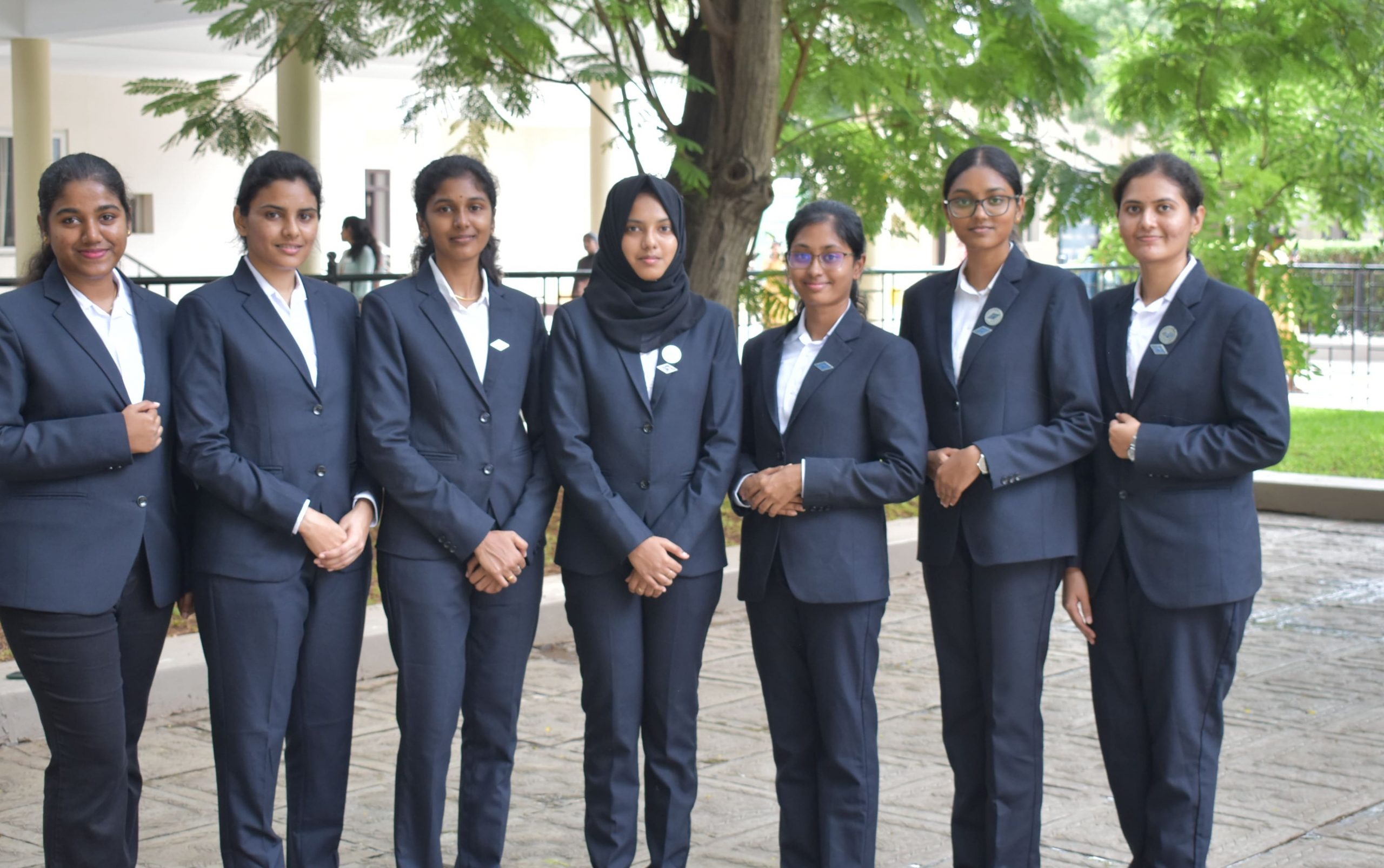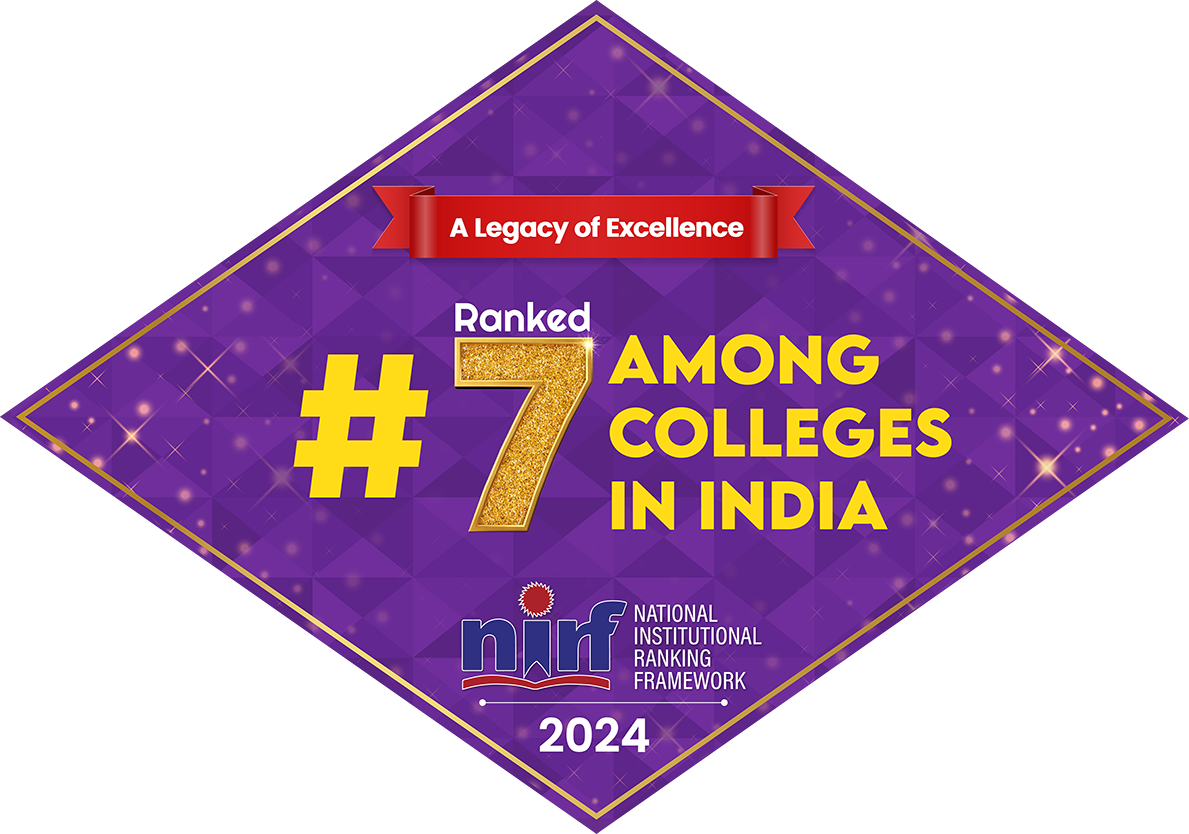Every year on February 1, the Union Budget sets the course for India’s growth, going beyond more numbers to define national priorities and development strategies. More than just a financial statement, it serves as a blueprint for progress. This year, Finance Minister Nirmala Sitharaman has unveiled a budget focused on agriculture, MSMEs, infrastructure, digital innovation, and sustainability to drive the nation forward.
Agriculture: Helping Farmers Grow
The PM Dhan-Dhaanya Krishi Yojana aims to support 1.7 crore farmers in low-productivity districts, while a six-year pulse production plan ensures food security. Bihar gets a Makhana Board to boost exports and farmer incomes.
Reality Check: Good steps, but many expected MSP guarantees for better price security.
MSMEs: Fueling Small Business Growth
New classification rules expand MSME benefits, while a ₹5 lakh credit card for micro enterprises and ₹2 crore loans for new entrepreneurs—especially women and SC/ST individuals —provide a strong push.
Reality Check: Great initiatives, but banks must process loans faster for real impact.Infrastructure & Digital Push: Big Bets
A record-breaking ₹2.55 lakh crore has been allocated for modernizing railways, expressways, and metro projects. Faster transport = better trade & connectivity.
On the tech front, three new Centers of Excellence in AI will promote research, while India Stack (UPI, Aadhaar, ONDC) is expanding globally. This strengthens India’s position in the digital economy.
Reality Check: Execution is key—delays in land and bureaucracy need attention.Green Energy: Towards a Sustainable Future
The PM-Suryodaya Yojana will install rooftop solar in 1 crore homes, cutting electricity bills. Incentives for EVs and battery storage push India toward a greener future.
Reality Check: More subsidies for EVs and renewable startups could have accelerated adoption.
Taxation: No Major Surprises
No changes in income tax slabs, but the filing process is now more digital and efficient. Individuals earning up to ₹12 lakh annually are now exempt from income tax under the new tax regime. Additionally, the Section 87A rebate has been increased to ₹60,000, reducing the tax burden for middle-income earners. Startups and R&D investments continue to receive tax benefits, fostering innovation.
Reality Check: Middle-class tax relief? Still missing.Defense: Strengthening Security
India is investing more in indigenous defense production, cybersecurity, and space technology. With global tensions rising, this makes sense.
Reality Check: AI-driven defense tech could have received more funding to future-proof security.Final Thoughts: A Balanced but Safe Budget?
Budget 2025 is visionary in terms of infrastructure, MSMEs, and sustainability. The focus on farmers, MSMEs, and innovation is promising, but certain sectors—like healthcare and tax reforms—could have received more attention. The fiscal deficit is projected at 4.4% of GDP, which is a controlled figure, suggesting the government is balancing growth with financial discipline.
What’s Missing?
- ✅ Strong push for small businesses & farmers
- ✅ Investments in AI & digital economy
- ✅ Big focus on renewable energy & EVs
- ❌ No tax relief for individuals
- ❌ Healthcare sector needed more funding
- ❌ Farmers expected more MSP support
Dr. M. Raja Rajeswari, Assistant Professor









